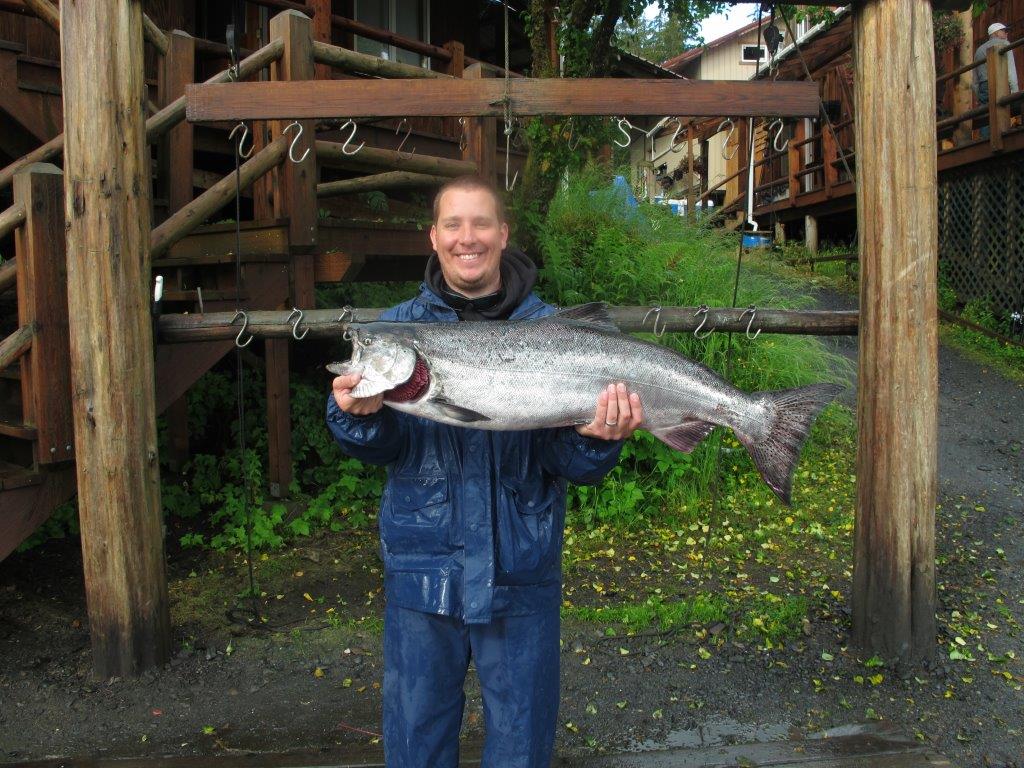
Americans continue to eat more and more fish each year. Salmon tops the list of peoples’ favorite fish, even above tuna.
To keep up with the demand, salmon fishing and salmon farming are commonplace. Alaska has gone through many changes to become the current hotspot for fishing that it is today. Even those new to fishing can enjoy a trip.
With fish season here, want to learn a little history of salmon fishing in Alaska before you ready your bait and poles? Keep reading below for a helpful summary.
Salmon Fishing and Canneries
When canning processes became popular, the huge population of salmon in Alaska became incredibly desirable.
The North Pacific Trading and Packing Company and Cutting Packing Company each opened a salmon cannery in 1878. By the end of the century, there were 42 Alaskan canneries.
This number continued to increase, with 118 canneries being operated in 1917. Incredibly, at this point, Alaska was packing over half the world’s salmon supply.
Few native residential Alaskans were big players in the salmon business. Original owners mostly came from San Francisco, Seattle, and Portland and then, later on, many Japanese owners came in.
Conservation Concerns
While salmon fishing in Alaska was booming as a business, it was negatively impacting the environment. Natives voiced concerns as early as 1899, asking for some of their fishing sites to be returned.
Congress put out requirements that any commercial fisher needed to create a hatchery, but did not provide any funding. Due to this, few canneries followed through.
Congress also tried applying taxes and a rebate program for when salmon were released, but again few canneries complied.
In the 1920s, regulations were enacted to shorten the fishing season and the amount of salmon that could be caught.
Ups and Downs
The salmon fishing industry in Alaska has experienced both highs and lows. It prospered during WWI, reaching an all-time high of 6.6 million cases.
After the war, however, the high demand decreased. The number of canneries went from over 100 to just 76 in 1920.
Issues began in the 1930s. Suddenly the number of salmon decreased very quickly and residents blamed over commercial fishing. Declines continued until well into the 1940s.
Statehood
Alaska officially became a state in 1959. This was a turning point for managing fisheries and canneries. The Department of Fish and Game set catch limits, specified gear that could be used, and set strict time periods for fishing.
Multiple hatcheries were also created to help manage populations.
Canneries began closing as freezing fish became popular in the 1960s. Alaskans then voted to give the state power to limit commercial fishing licenses. By the 1980s, salmon populations were back up.
Sustaining healthy populations continues to be a driving force in the state.
Enjoy Salmon Fishing in Alaska
We hope you now understand a little more about the history of Alaska and salmon fishing. With this understanding, your fishing trips should be even more enjoyable
Ready to discuss setting up a trip? Please contact us and we would love to help you make arrangements.
Island Point Lodge offers complete Alaska salmon and halibut fishing trips including lodging and meals at an affordable price for the experience of a lifetime.
